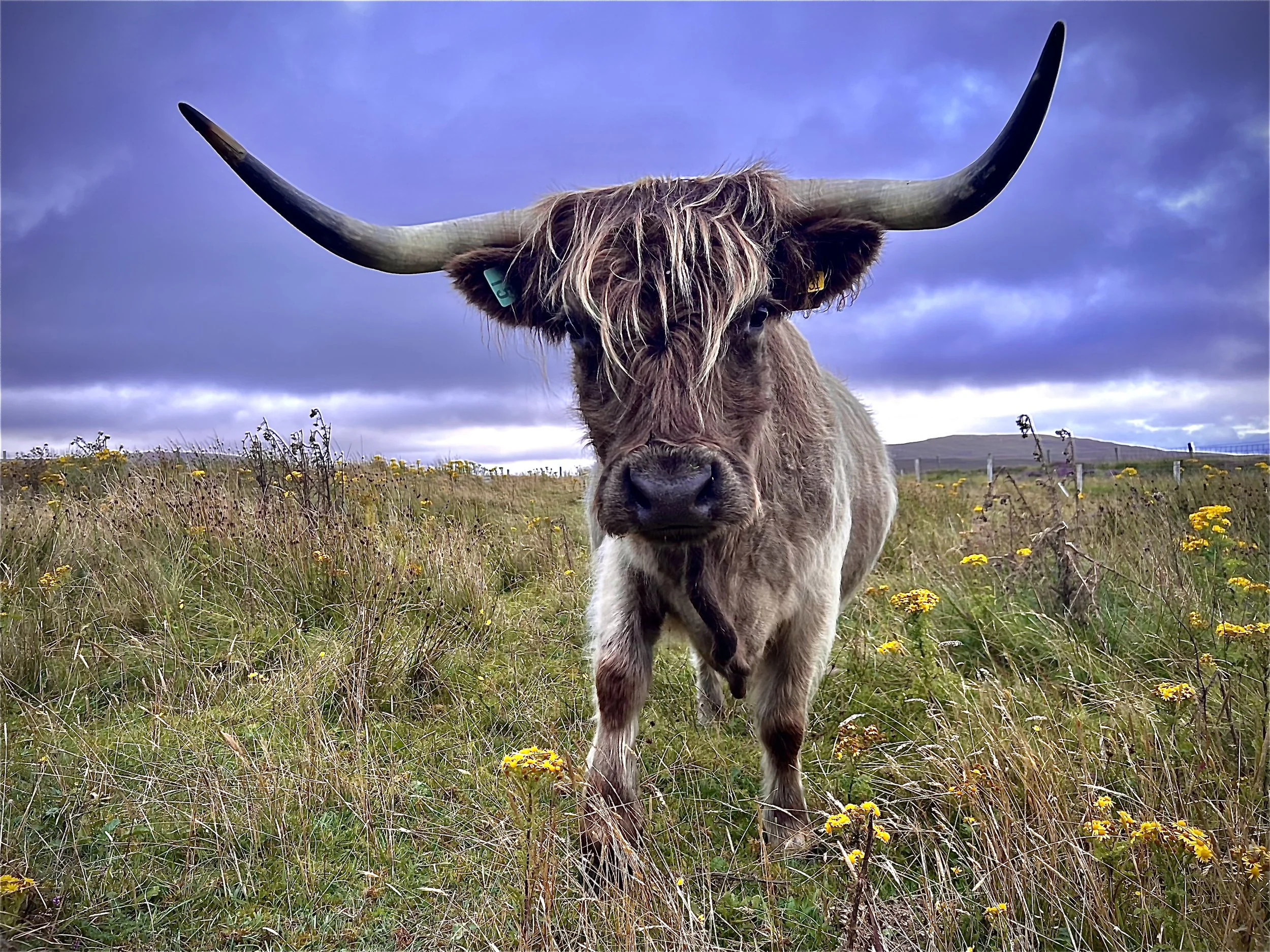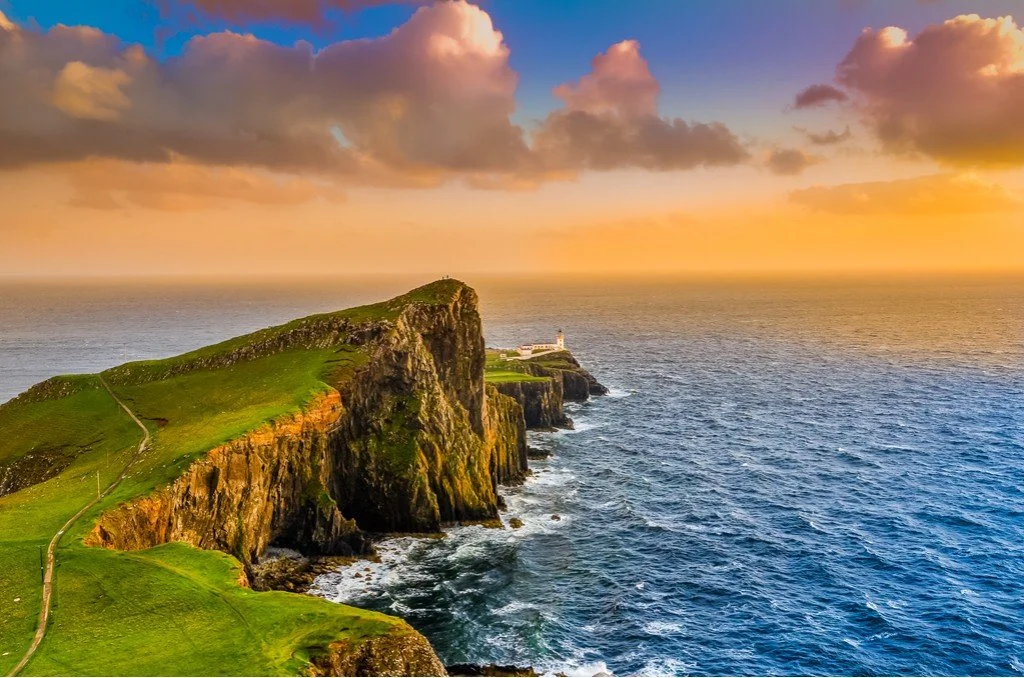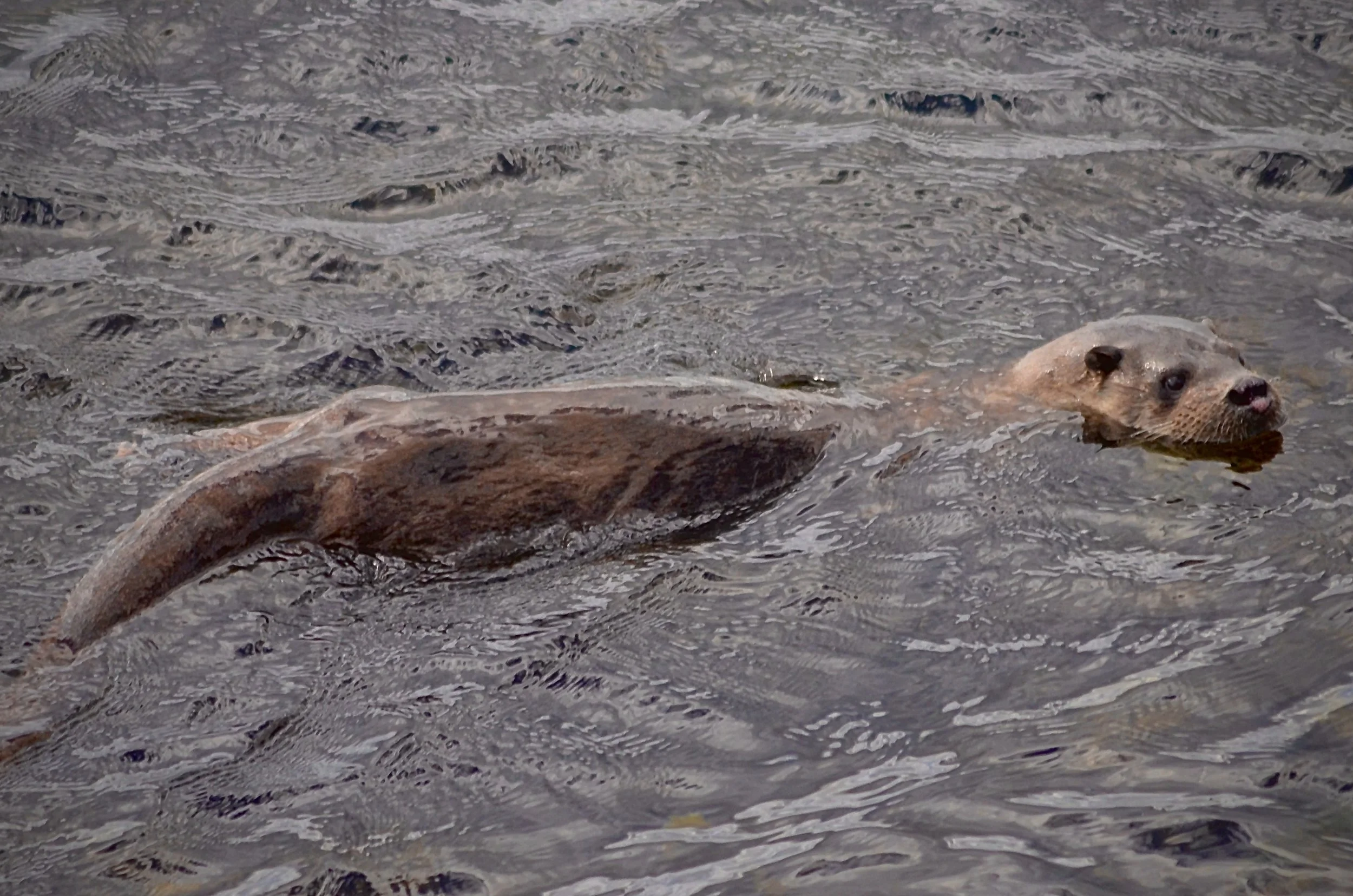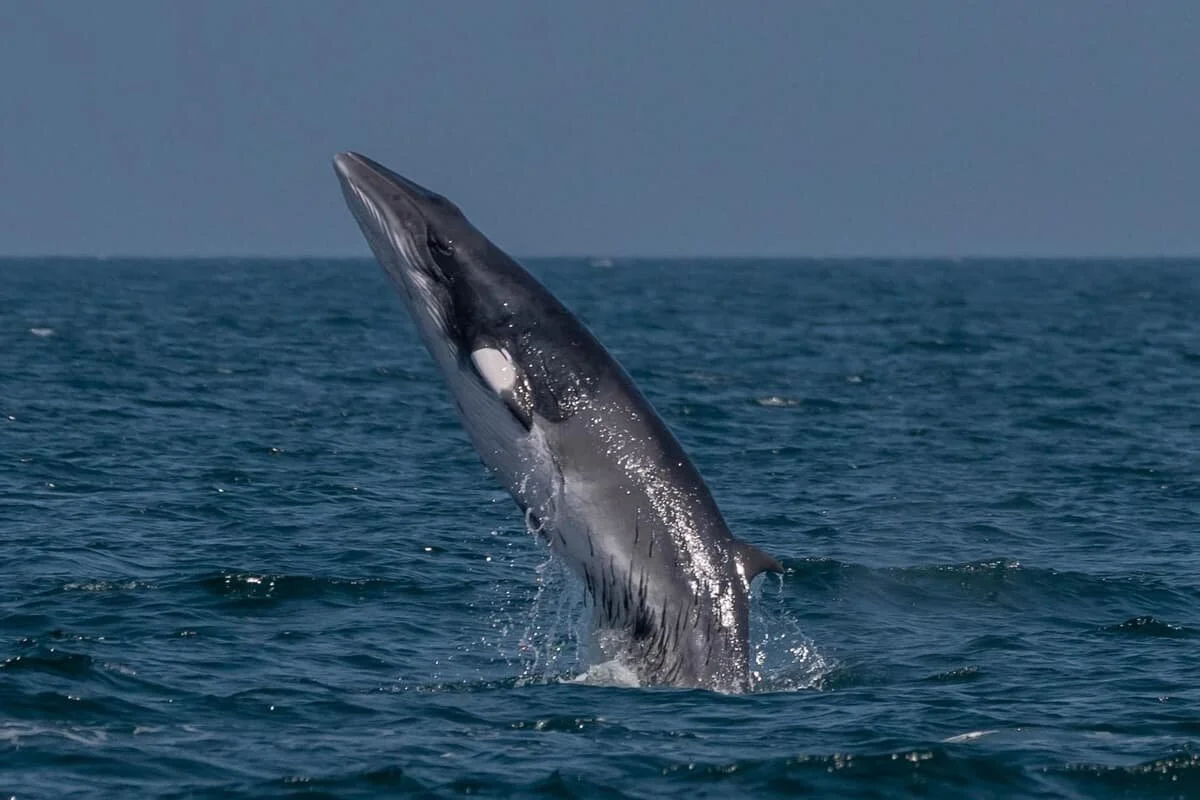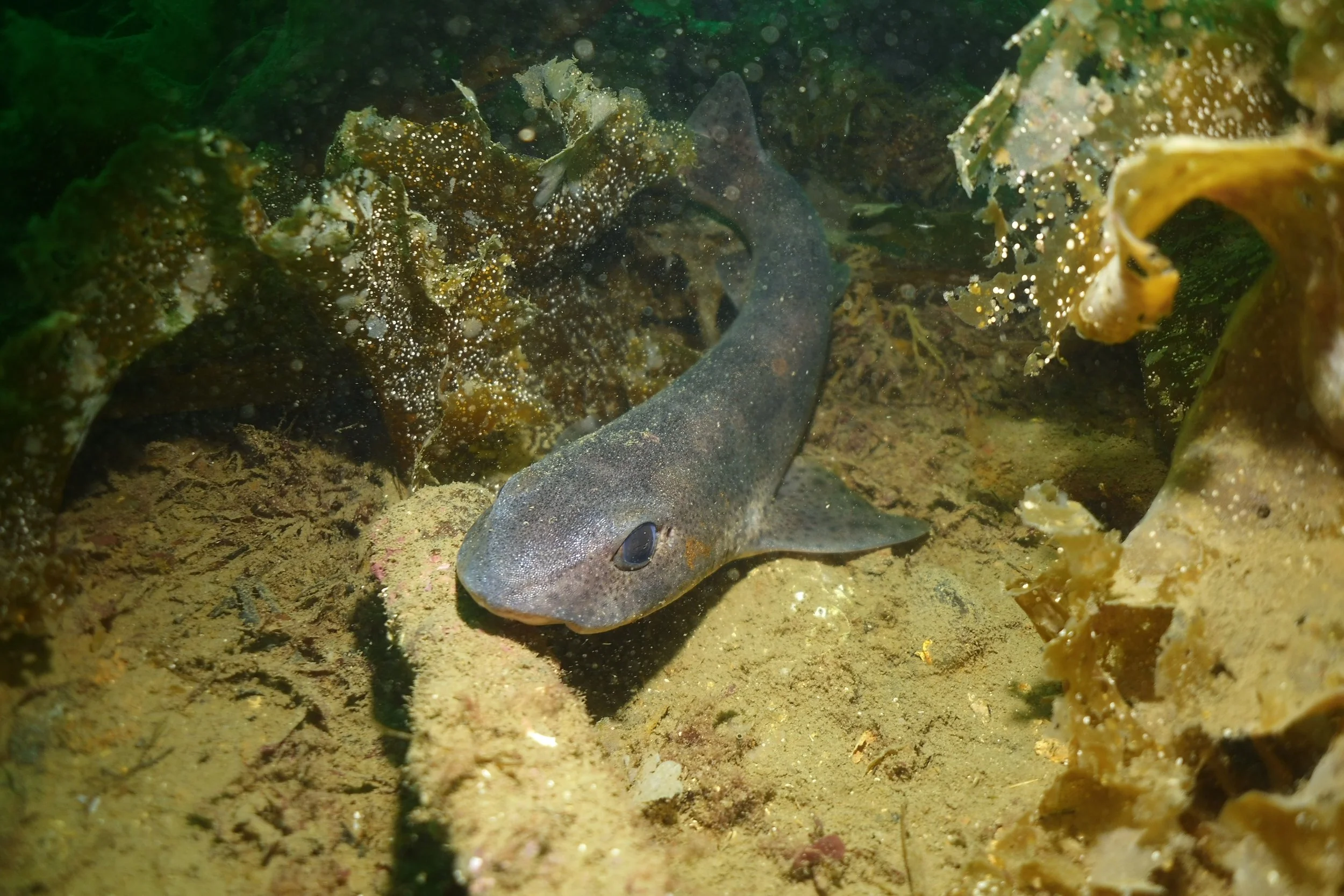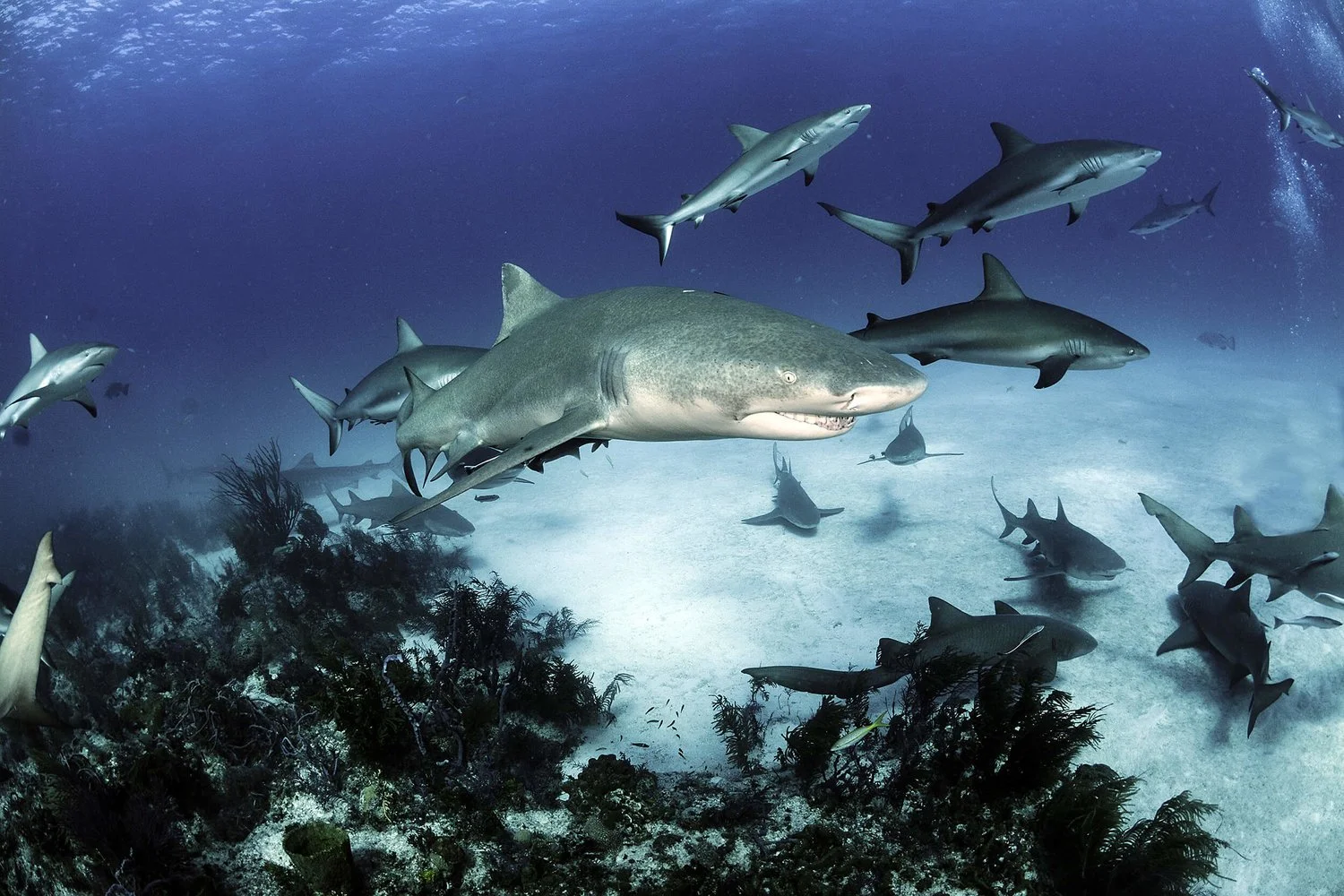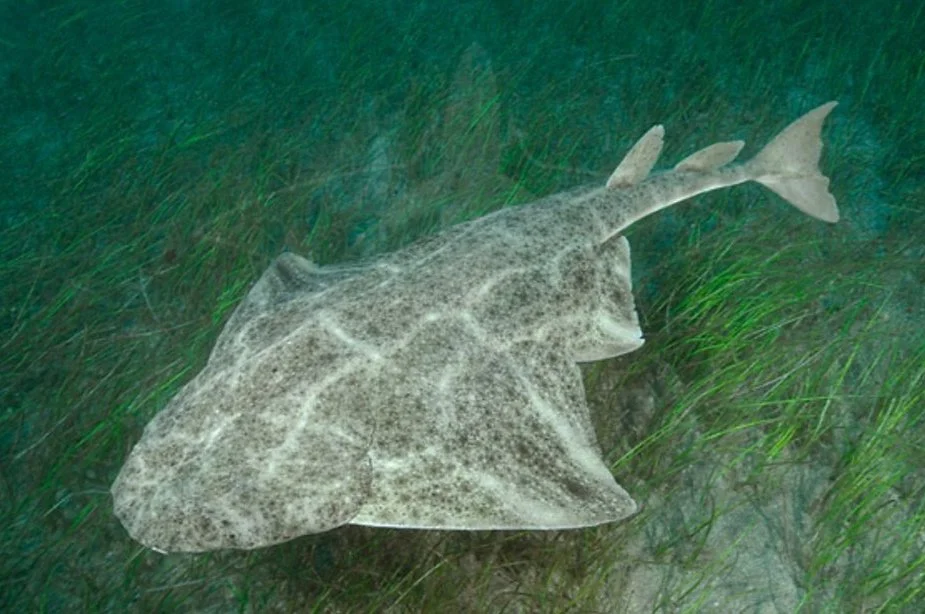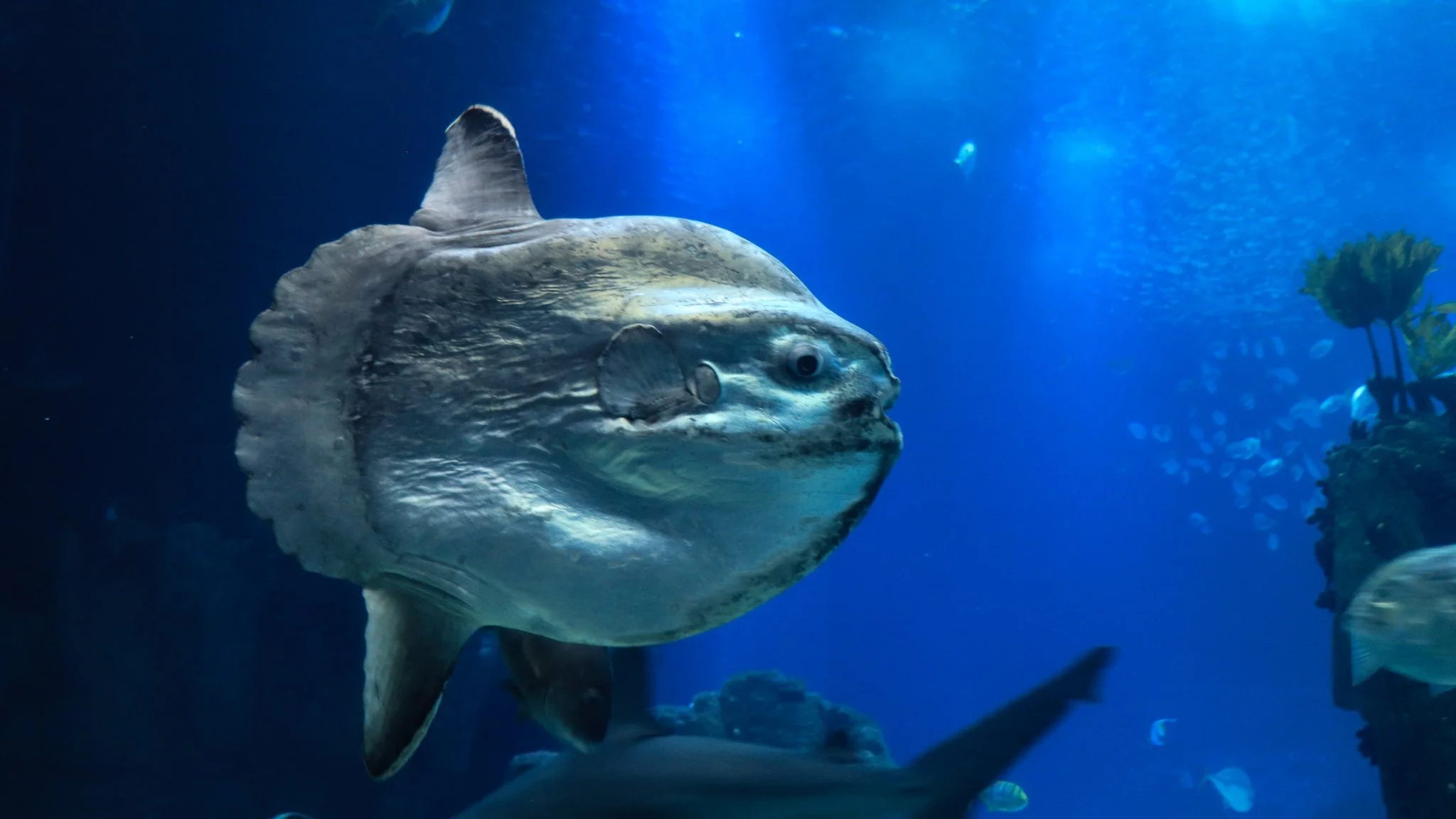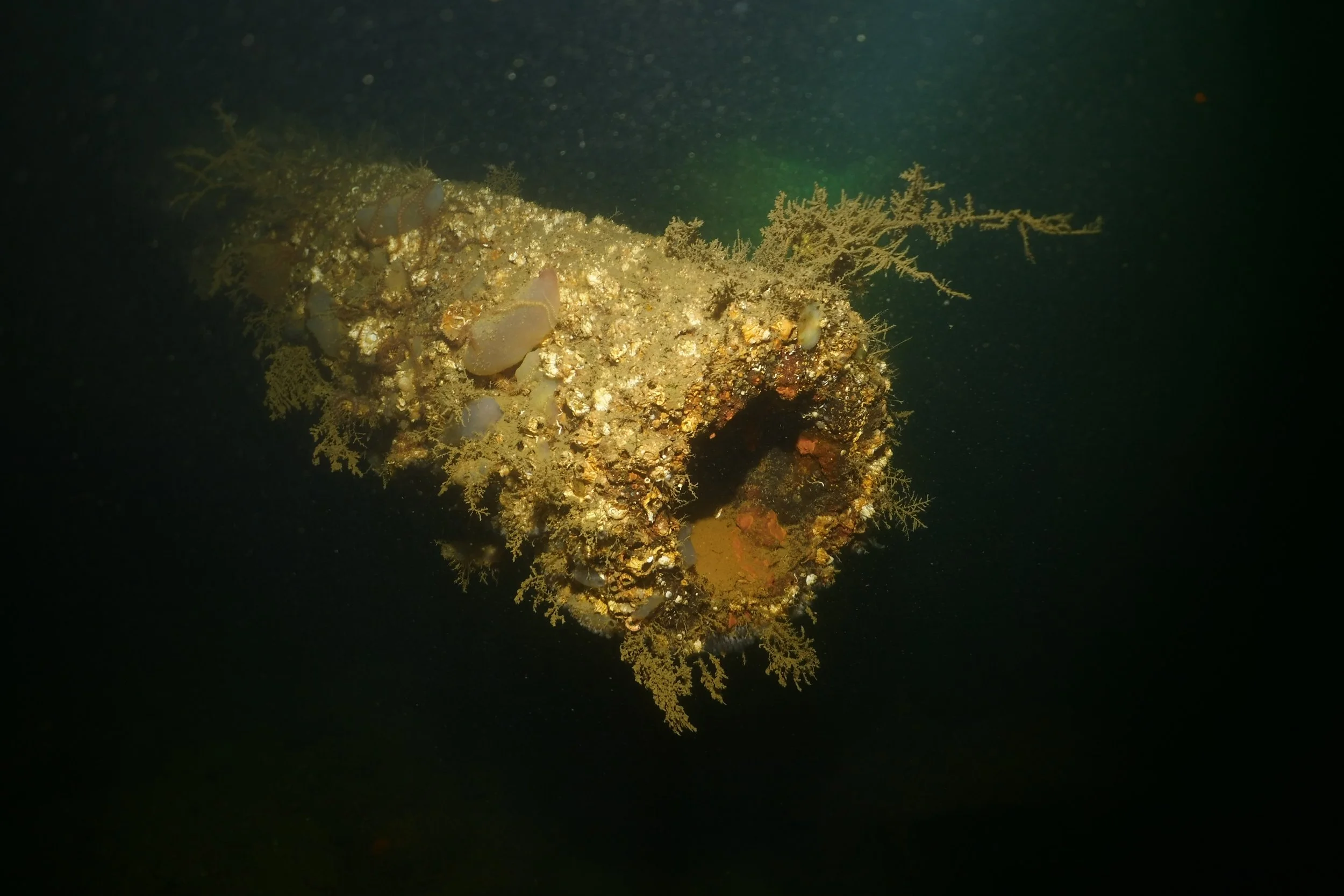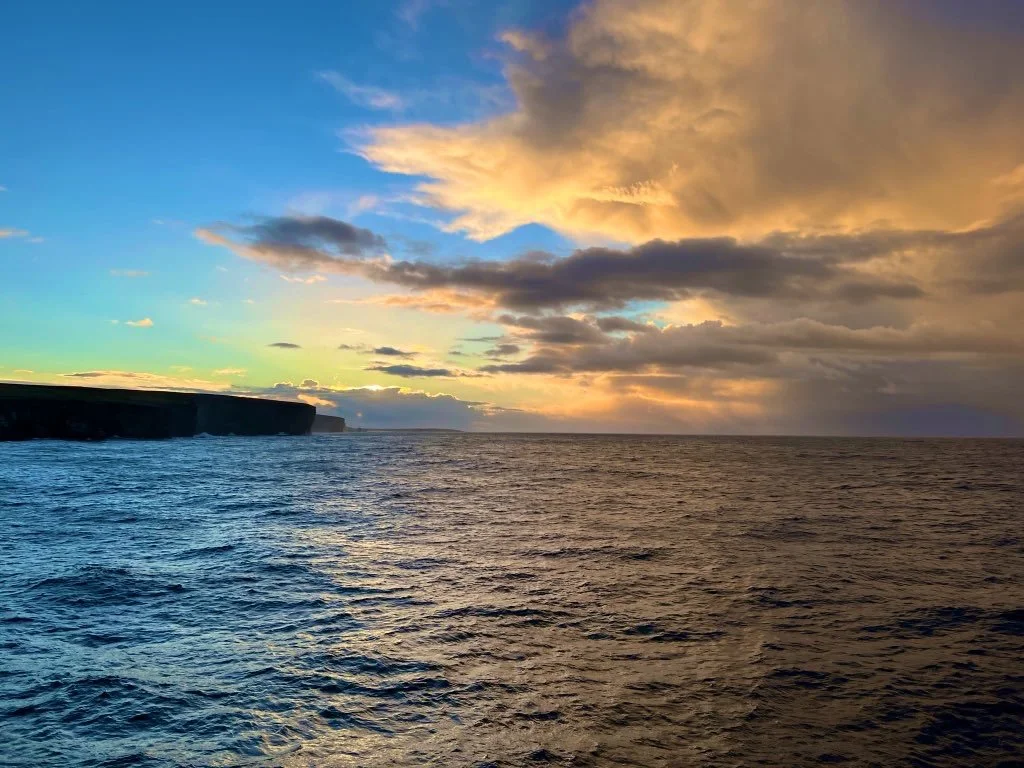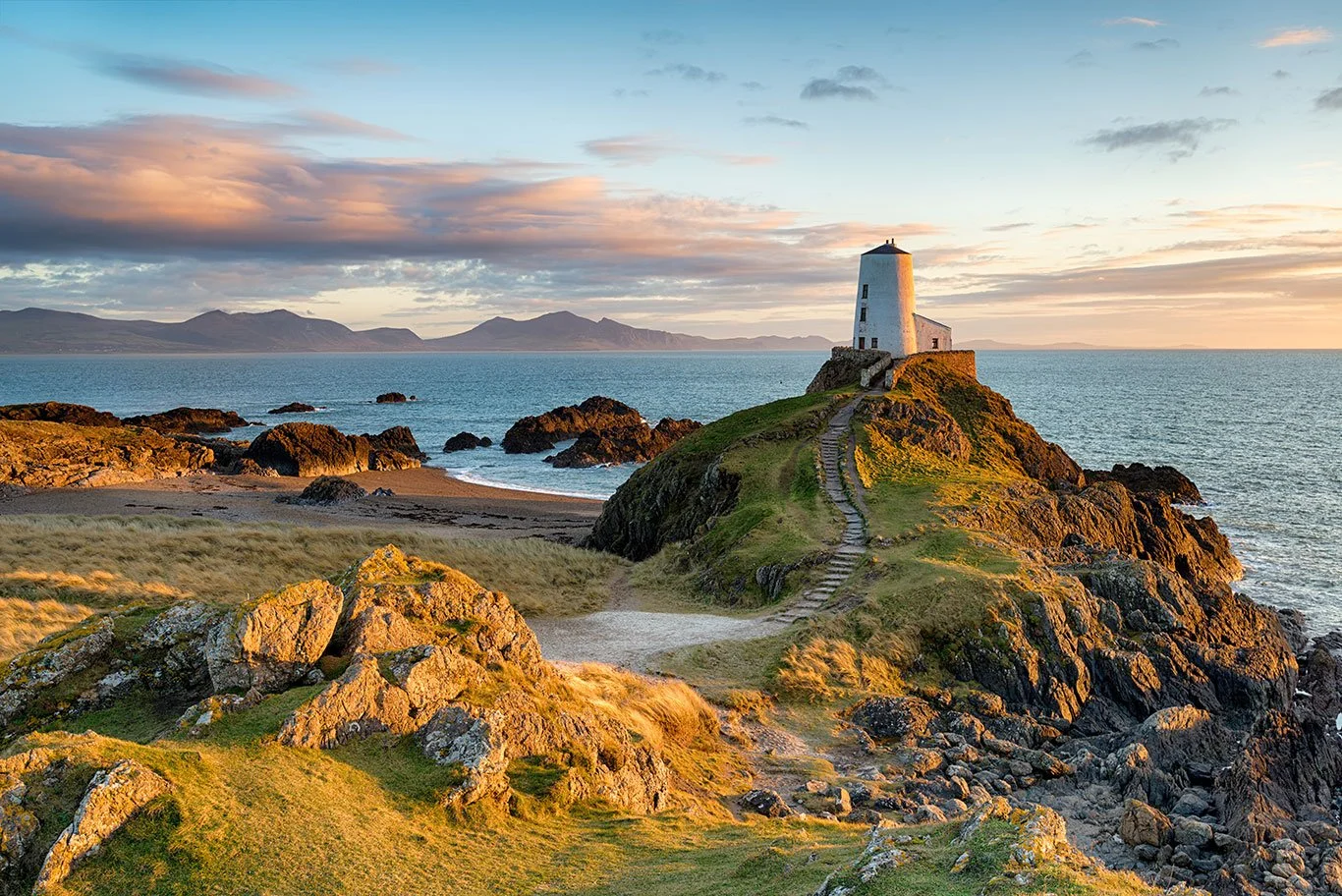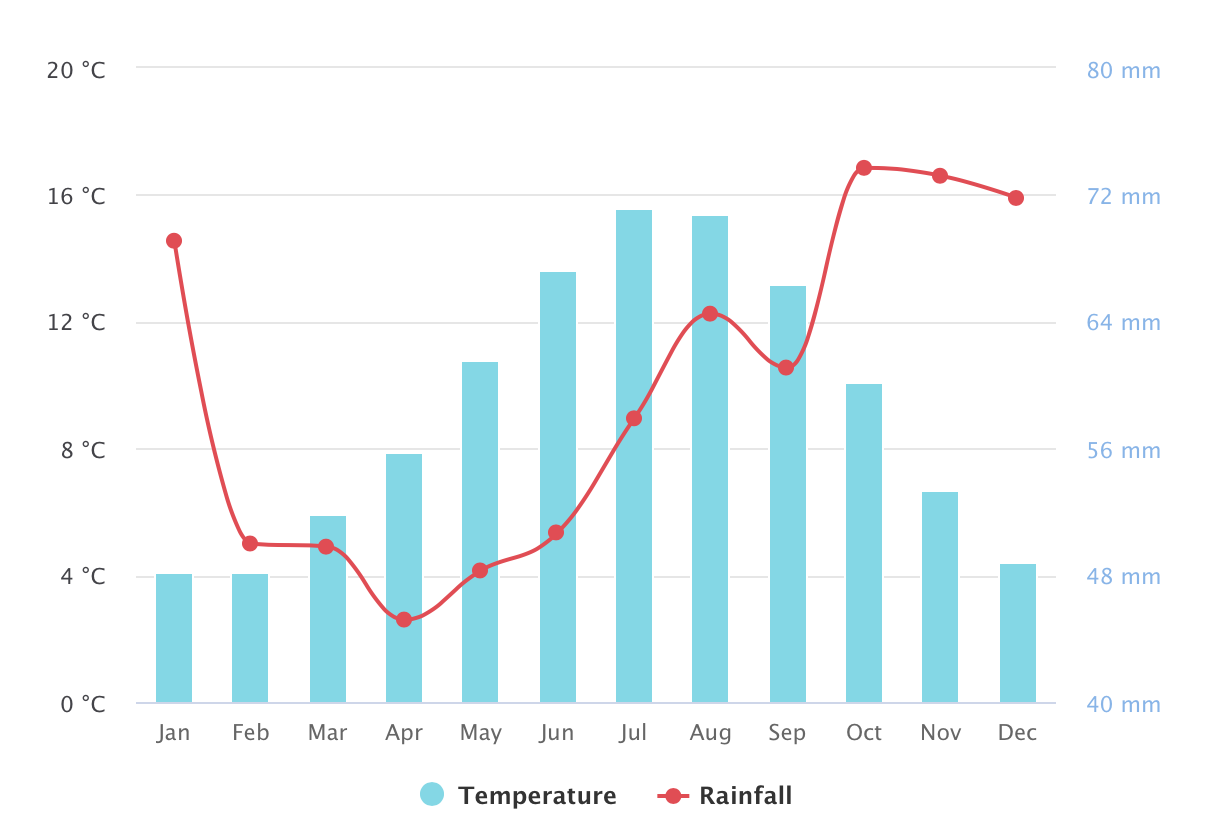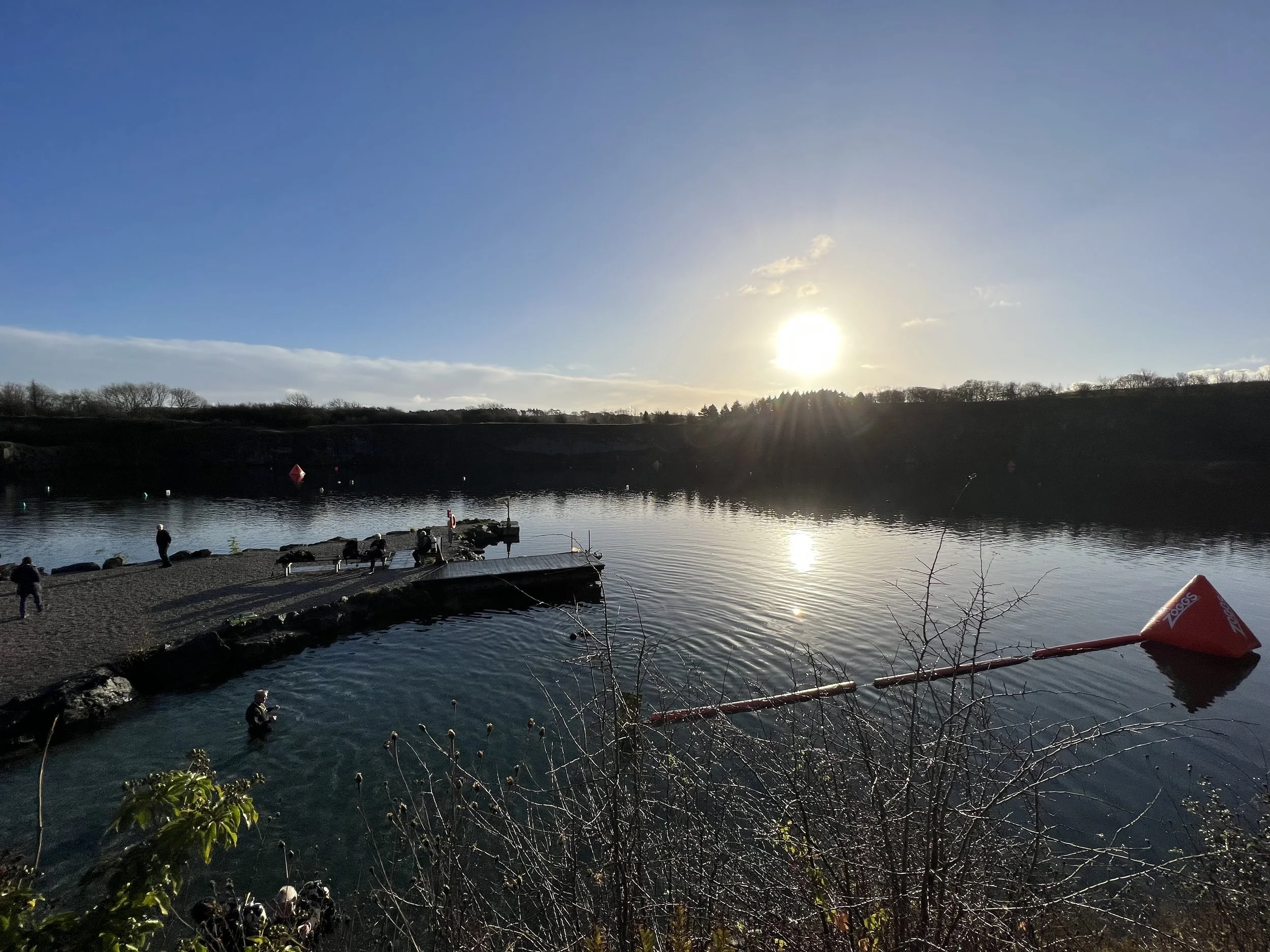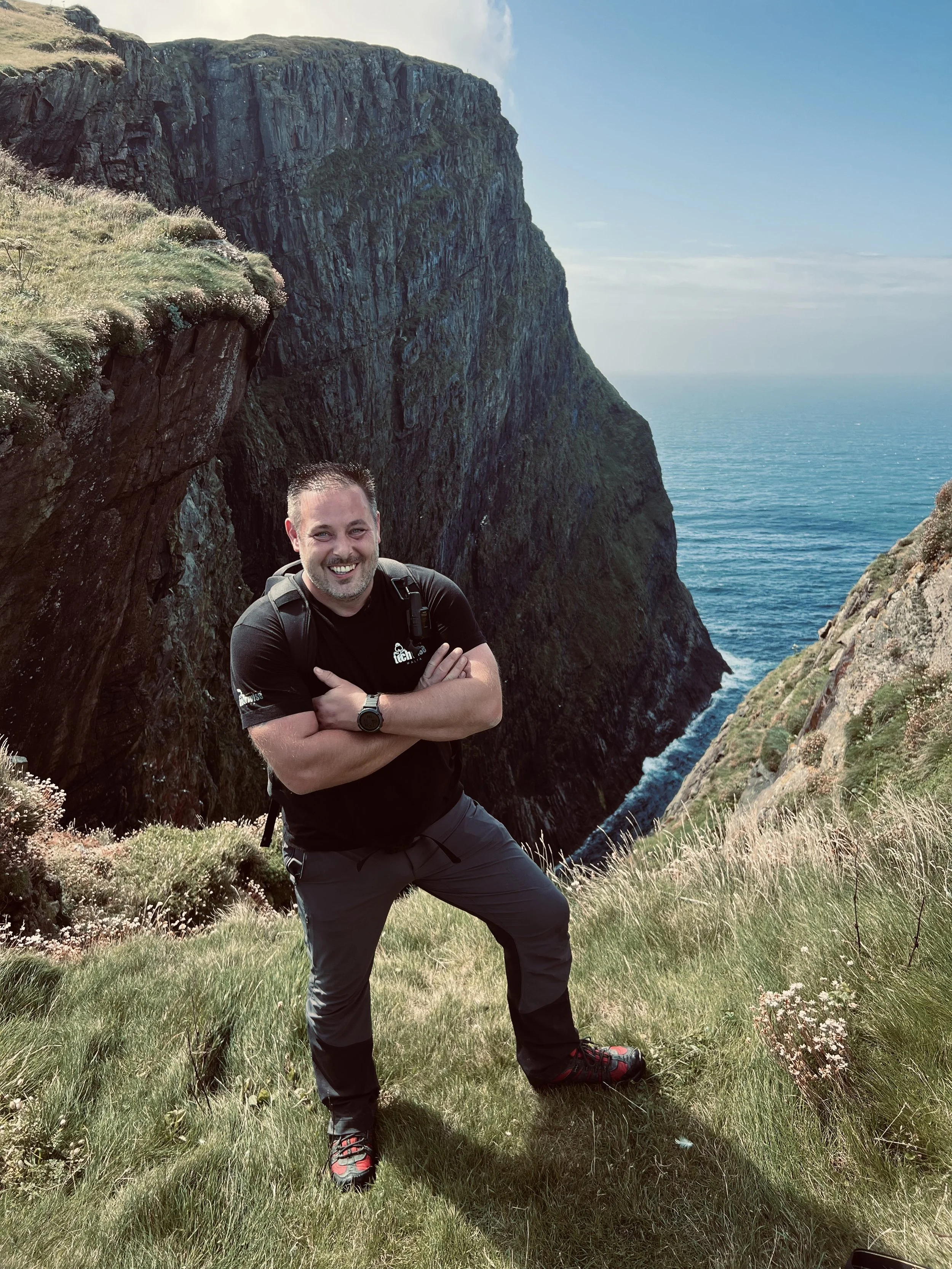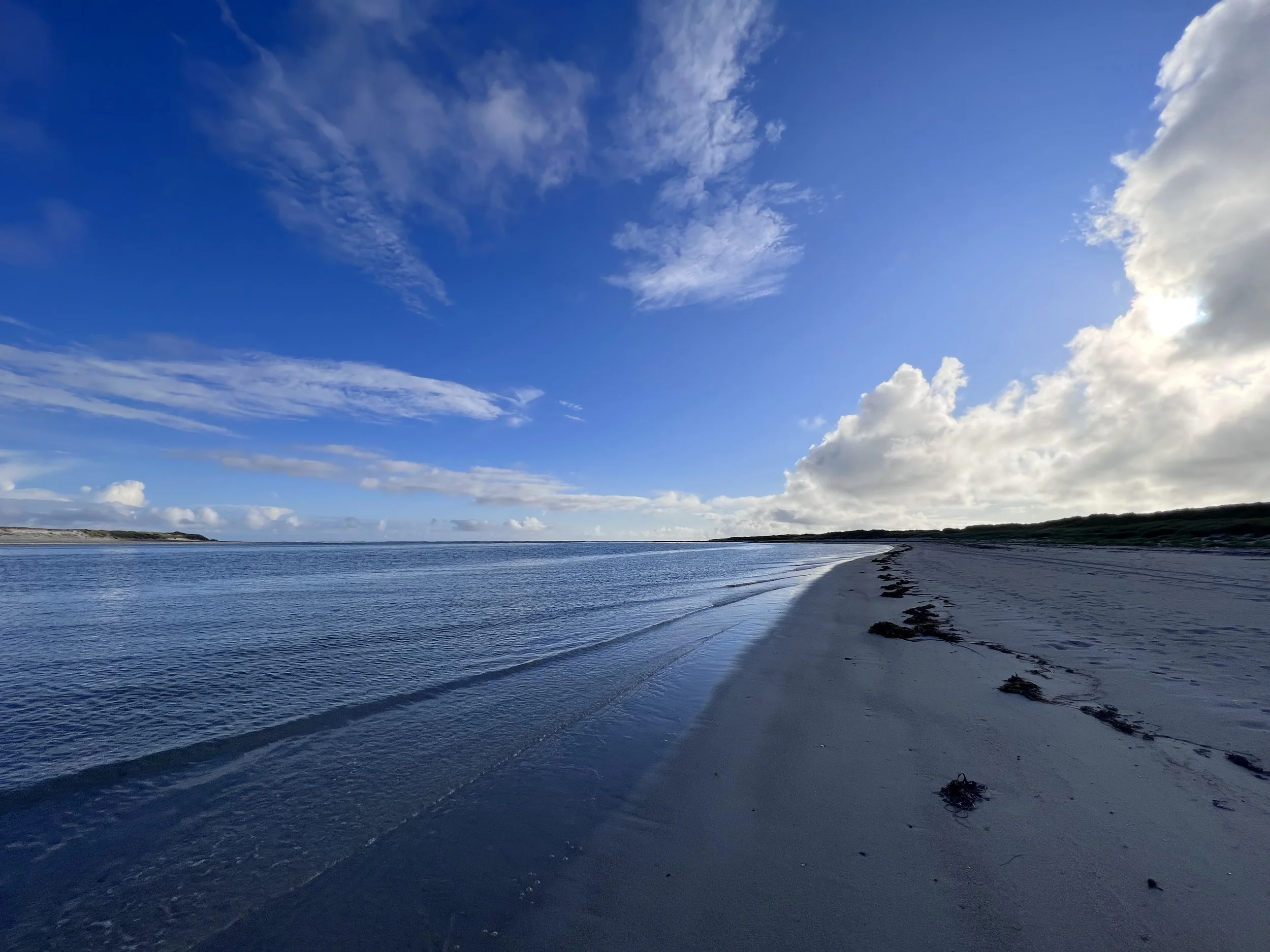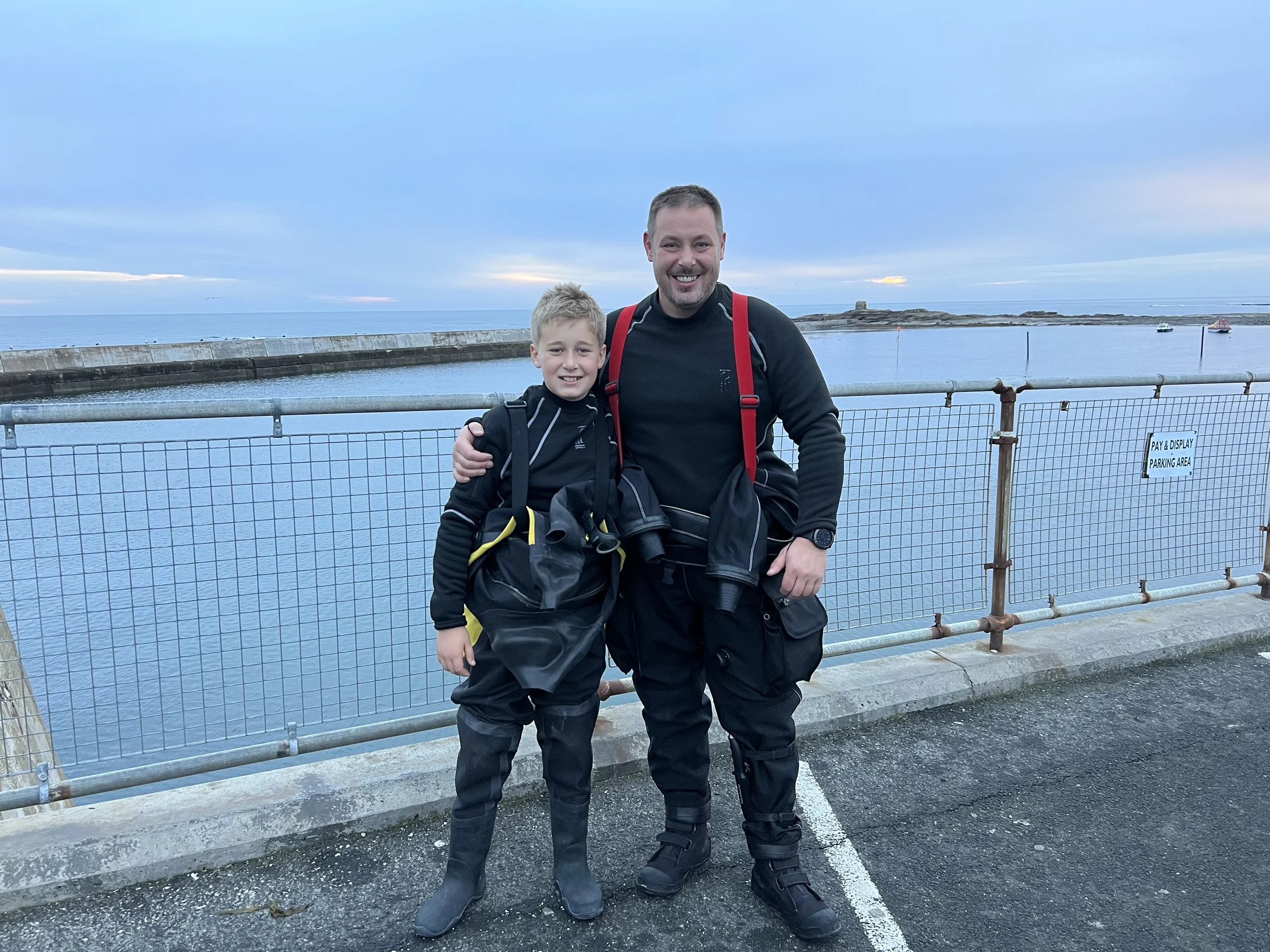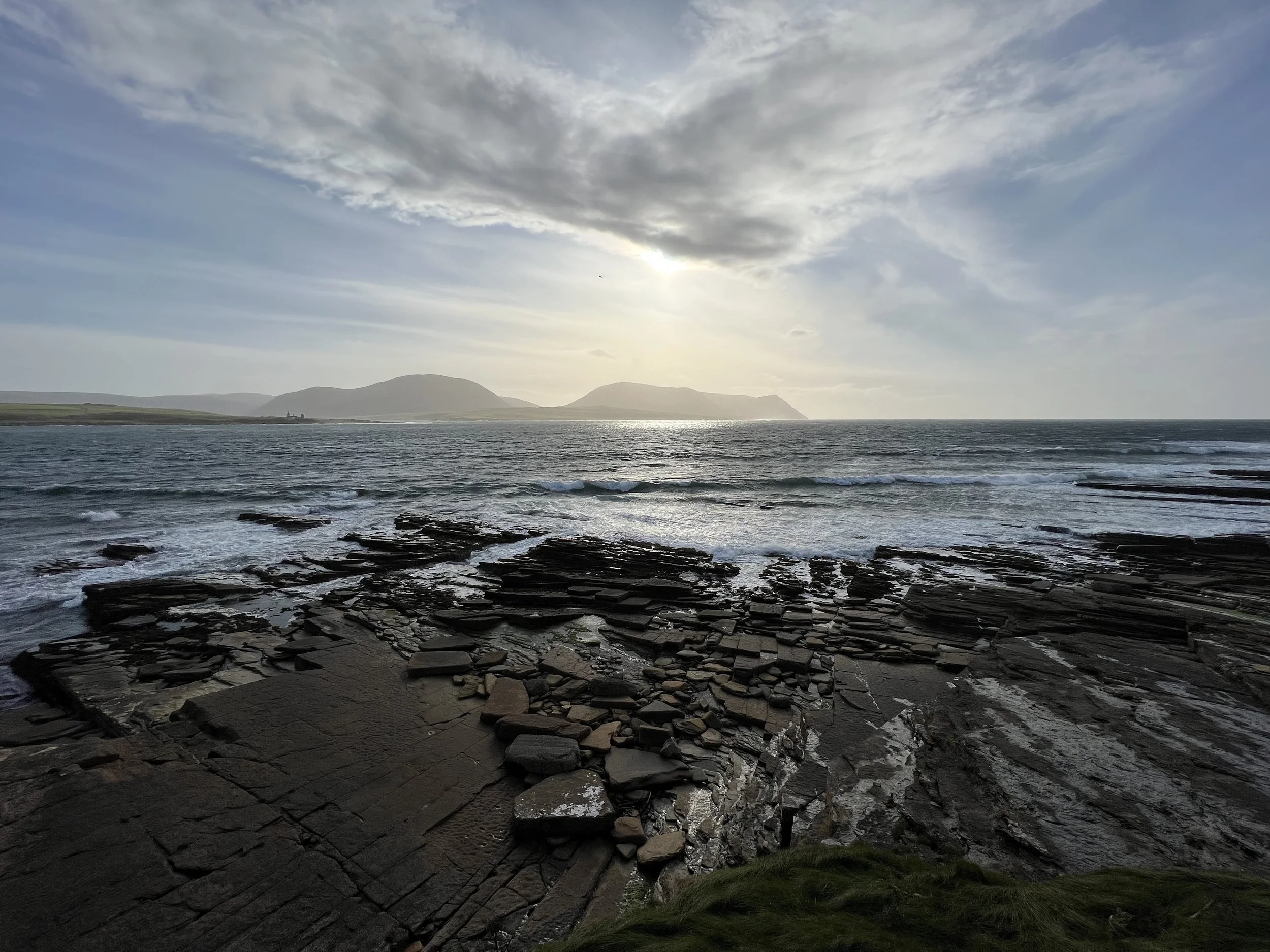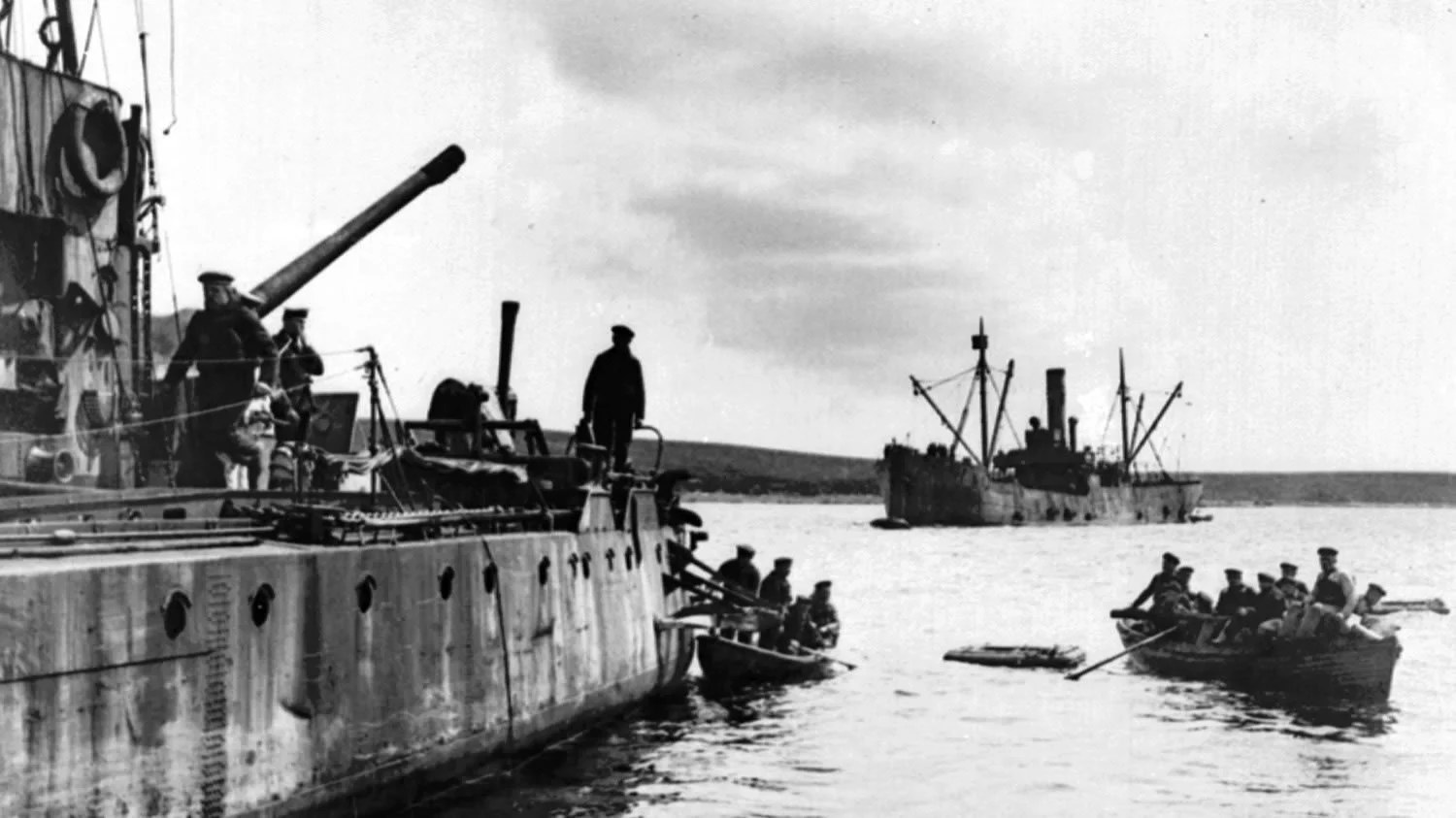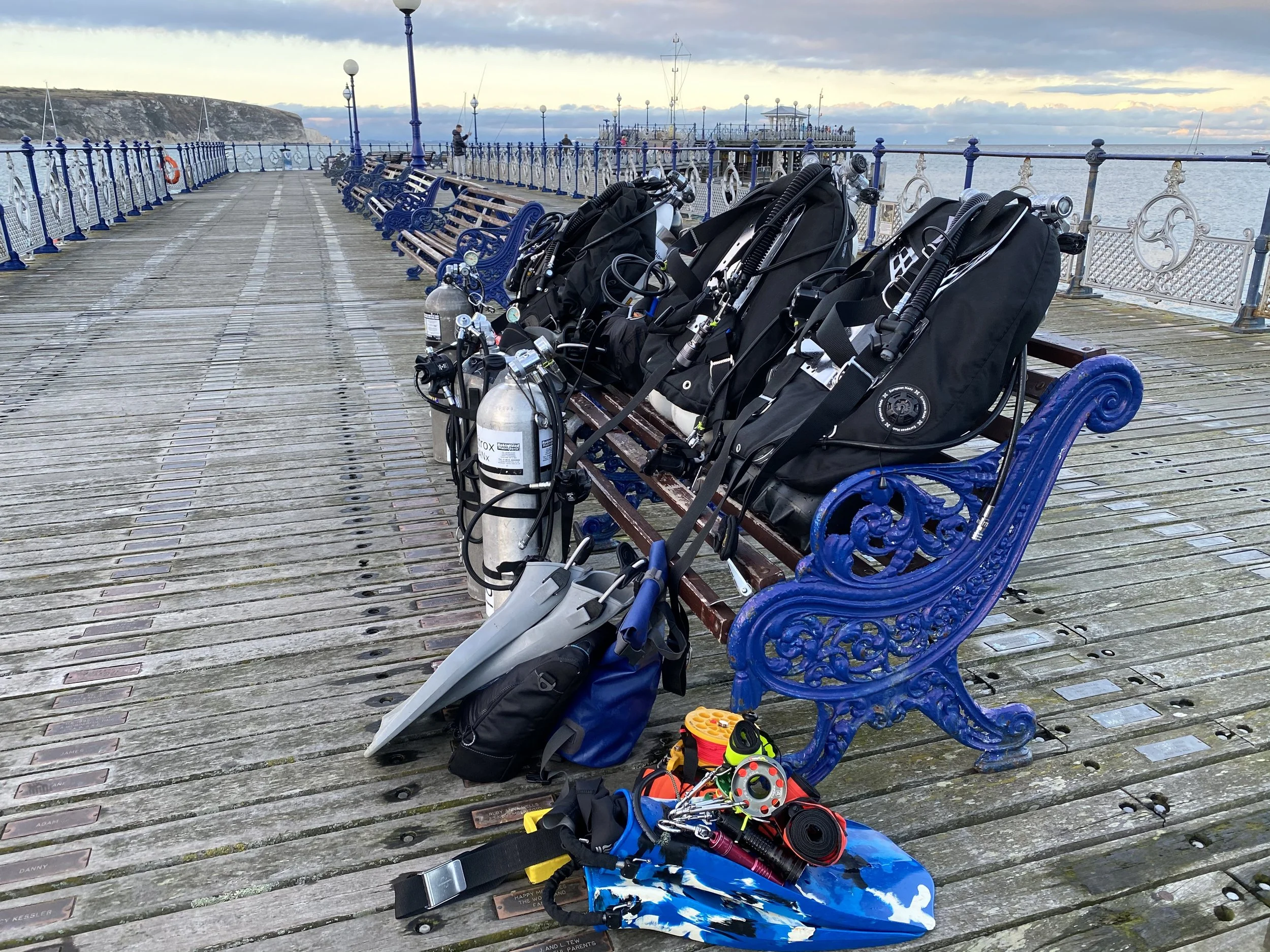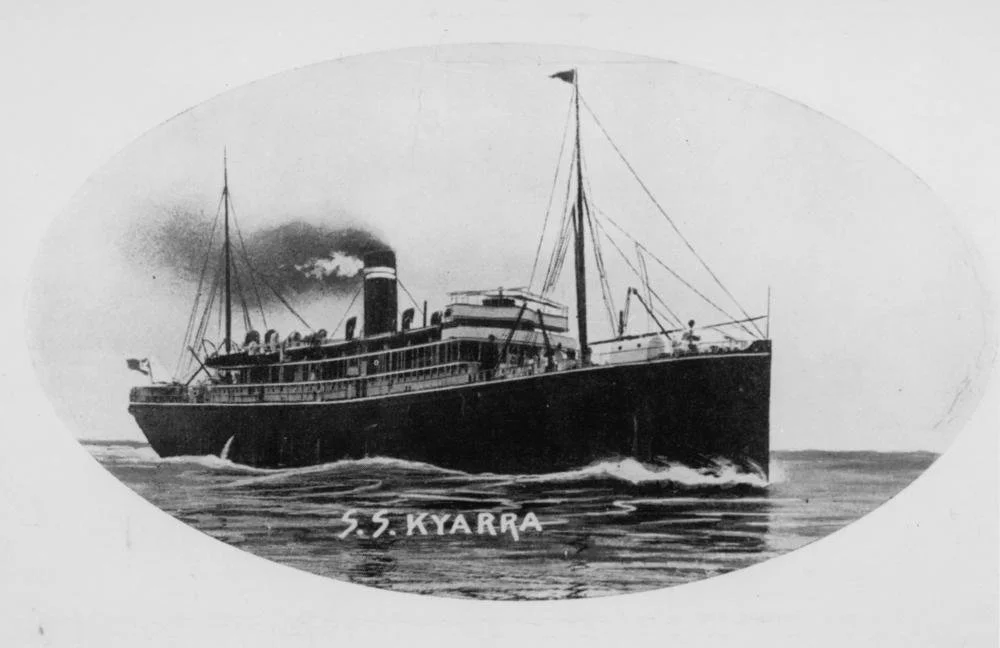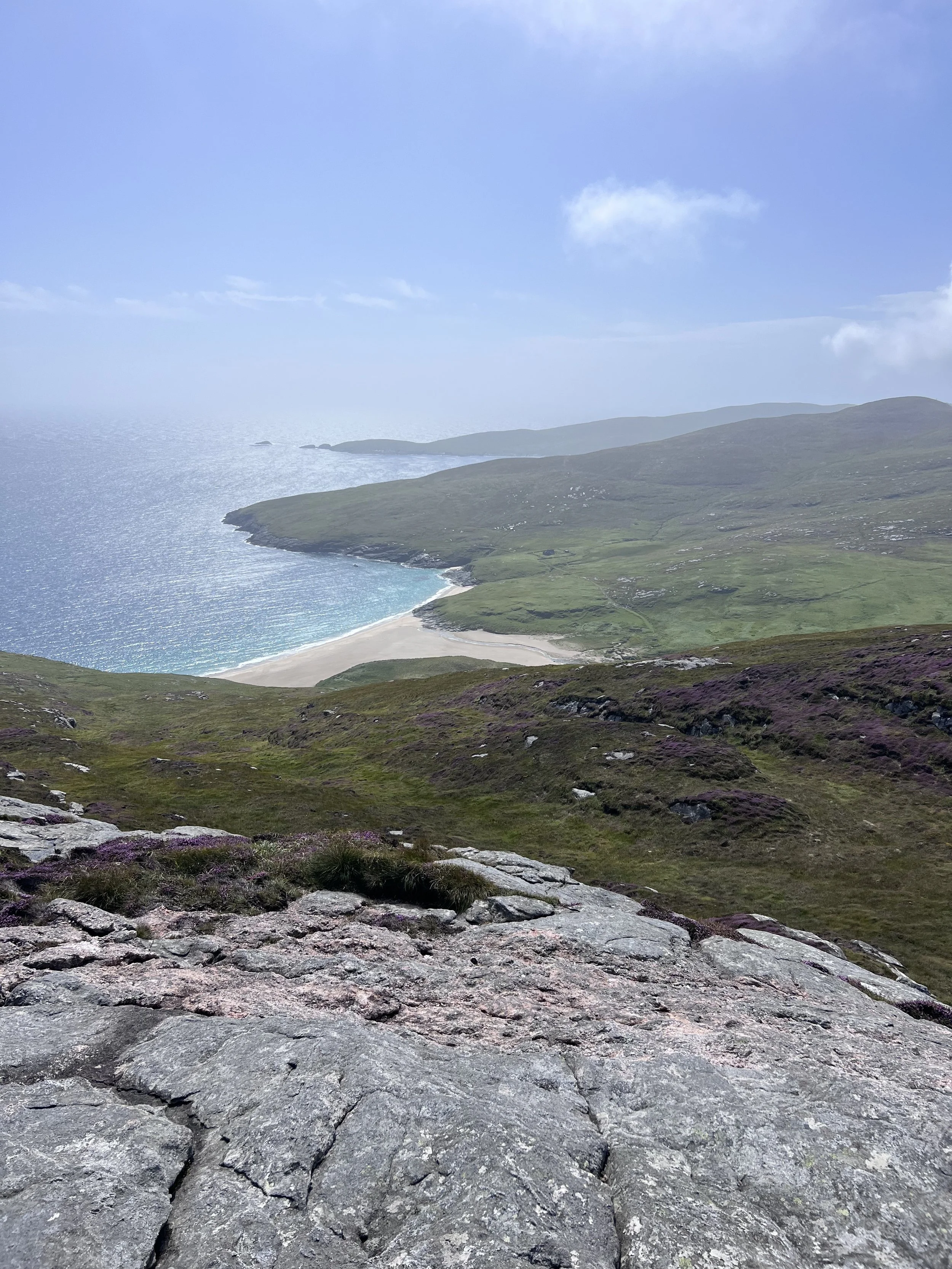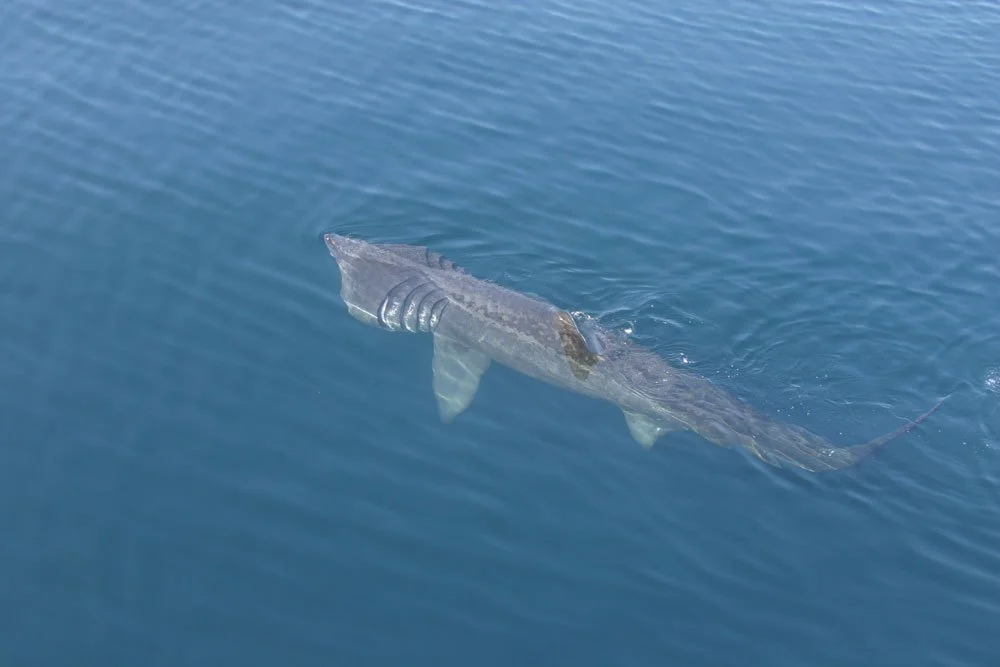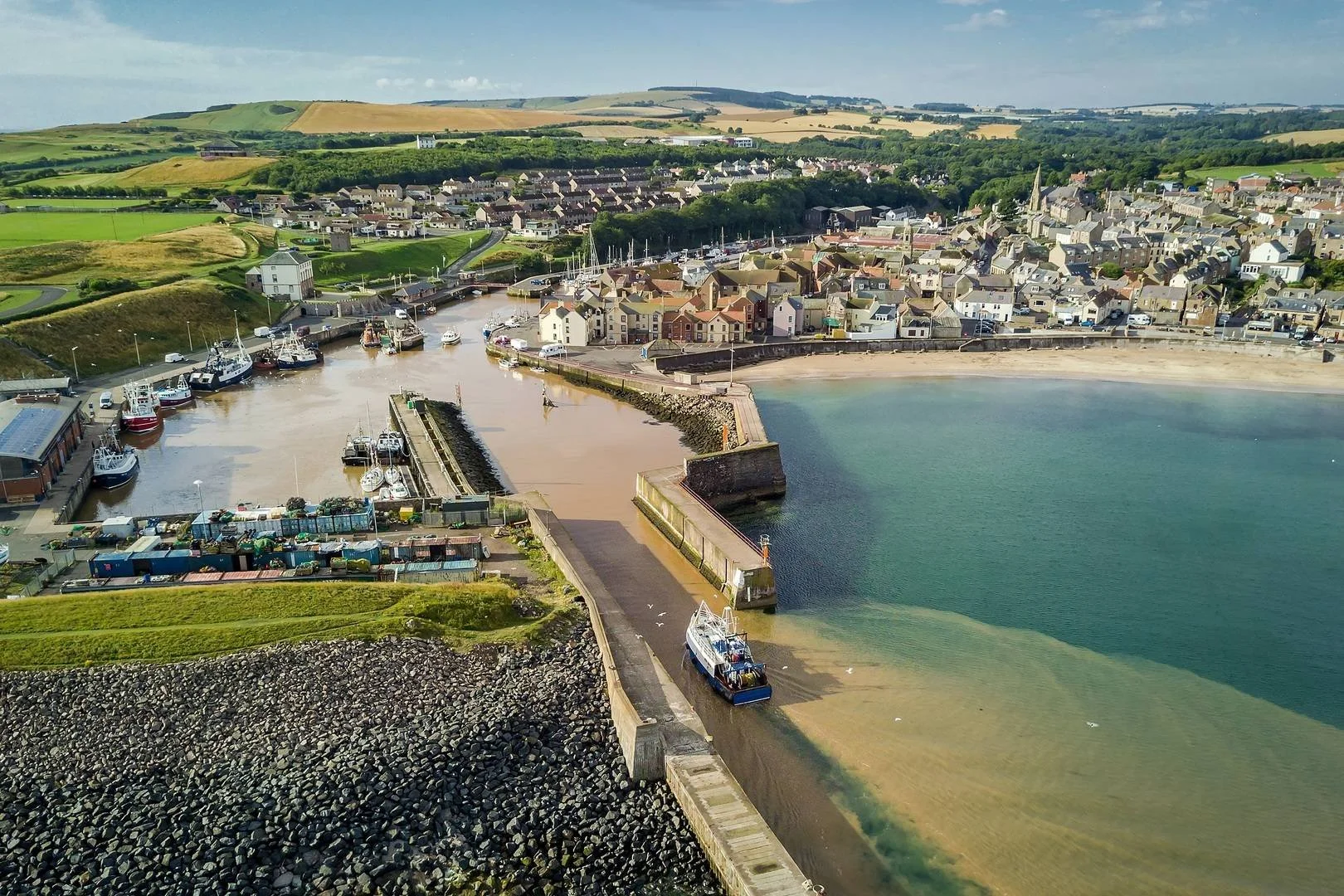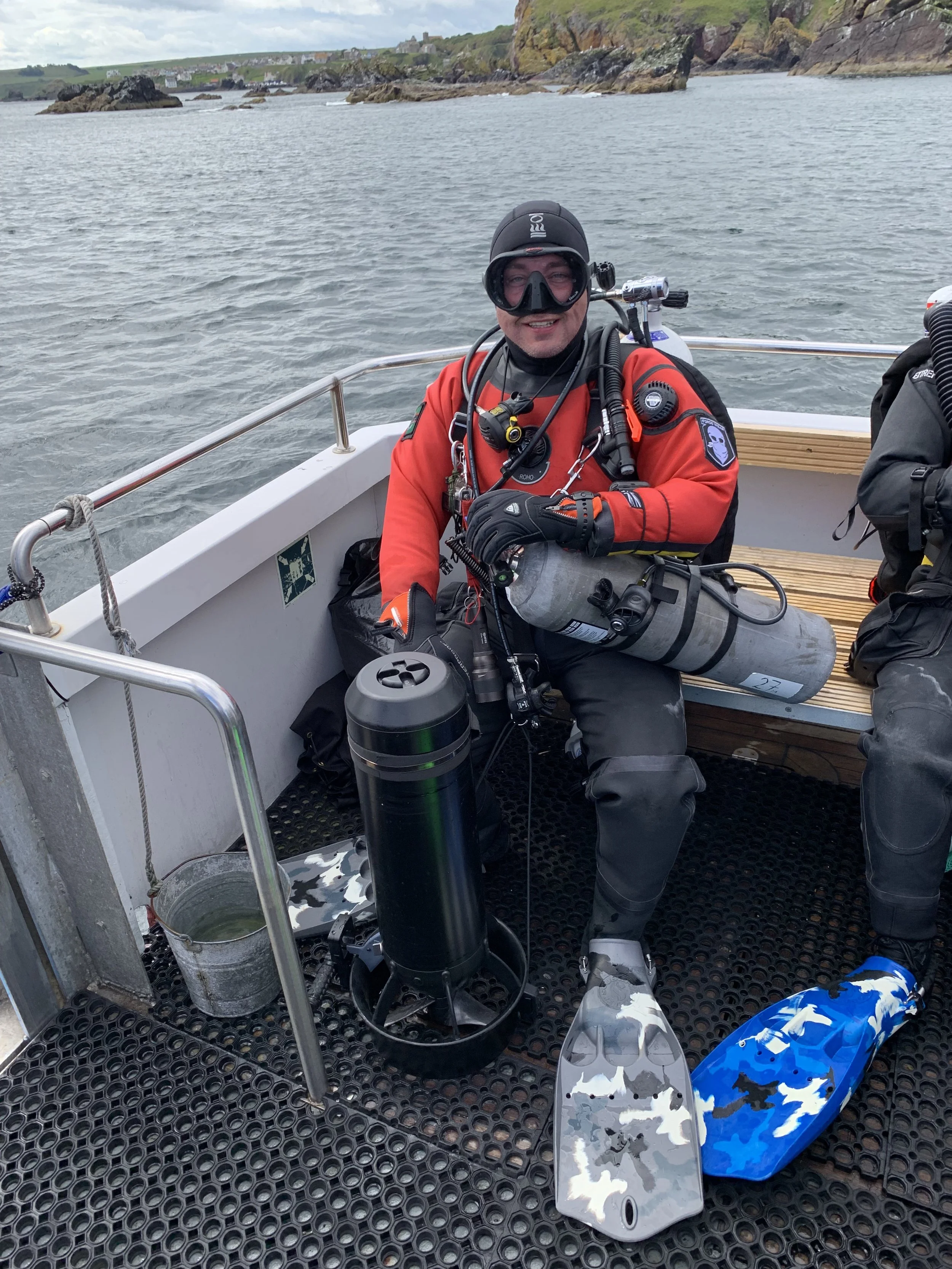Scuba Diving In The United Kingdom
With more than 11,000 miles of coastline spread over 6000 islands, it’s a little known fact that the British Isles are actually home to some of the most spectacular and biodiverse coastal seas on the planet.
For any readers who may not know, the United Kingdom is an independent country comprised of England, Scotland, Wales and Northern Ireland. It is part of Europe and sits to the northwest of the worlds 6th largest continent. You may have heard the United Kingdom referred to as Great Britain, The British Isles or more simply the UK, but each of these terms actually relates to a slightly different geographical area.
Made up by this series of smaller nations, each with their own illustrious and celebrated history that has undoubtedly assisted in shaping modern society, the UK extraordinarily finds itself currently ranked as the worlds 7th largest global economic and military power. At 94,530 sq miles, it’s not only the largest in island Europe, but also the 9th largest on earth.
60% of the UK’s coastlines are actually located between Scotland and the Scottish islands which iconically are home to some of our best known dive sites. From the world renowned ‘Scapa Flow’ where the remnants of the Imperial German ‘High Seas Fleet’ rest following their scuttling in 1919, to the picturesque coastal towns of St Abbs, Eyemouth and Oban, visitors are guaranteed to never run out of places to dive or exciting things to see.
Highland Cow, North Uist, Outer Hebrides
Discovering The British Isles
As of 2021, the population of the United Kingdom stood at an estimated 67 million, of which a mere 5.3 million people (7.9%) resided within England or Wales in either a seaside town or other coastal region (Scotland’s exact coastal population is currently unknown at this time). As of 2023, the population of Ireland is recorded as being little over 5.1 million, with 40% living within 5km of the Irish coast.
Fortunately, for those of us on the British mainland who simply love to dive, nowhere in the UK is ever more than 70 miles from the sea. For the record, the furthest place is Coton in the Elms in Derbyshire, which is equidistant from Fosdyke Wash in Lincolnshire; White Sands between Neston in Cheshire, Flint, Flintshire (Wales), and Westbury-On-Severn in Gloucestershire.
Sources claim that there is somewhere between 6289 and 7700 islands within the British Isles for which approximately 800 can be accessed by road, air or sea. Out of this 800, a mere 189 islands are considered large enough to be populated, and according to the 2001 Census, only a nominal 130 are actually inhabited.
Thankfully for the thalassophile’s amongst us, the UK has an unusually high coast to area ratio or ‘Hausdorff dimension’ of 1.25, (the Australian coastline by example has a Hausdorff dimension of only 1.13), so you’ll never be too far away from your next great British diving adventure.
An Abundance Of Marine Life
The British Isles attract a wealth of weird and wonderful aquatic life. From vibrant corals to sparkling slugs, our coastal seas are far more tropical than anyone might think!
Sea Otter - Isle Of Harris, Outer Hebrides
Whales & Dolphins
Approximately 28 species of whales and dolphins have been identified off the shores of the United Kingdom. While some of these have only been recorded occasionally, others have been spotted more regularly.
The species most commonly sighted around the UK are bottlenose dolphins and harbour porpoises. Resident populations of bottlenose dolphins can be seen in Cardigan Bay in Wales and the Moray Firth in Scotland, but smaller groups or individuals may be observed almost everywhere. Harbour porpoises are small and shy but again, are generally found along most of our coastlines.
Common Dolphin
Risso's dolphins (Some of the closest related species to pilot whales, pygmy killer whales, melon-headed whales, and false killer whales) can be seen around Bardsey Island in Wales, and the Isle of Lewis in Scotland. Common dolphins however are widely only seen in deeper offshore locations.
Risso Dolphin - Mount’s Bay, Cornwall
In late spring, Orca (Killer Whales) from Iceland routinely visit the waters of Northern Scotland. A small pod known as the West Coast Community has been spotted in seas stretching as far as the north of Scotland, right down to Cornwall in the south of England.
Orcas can predominantly be encountered all year-round in the Northern Isles, but only periodically off the North of the Scottish mainland.
Orca - Scapa Flow, Orkney
Fin whales are the second largest species of whale in the world next to the blue whale. At various times of the year they are seen in deeper waters stretching from Scotland down to the western part of the English Channel.
Fin Whale - Outer Hebrides
Minke whales are the most common species of baleen whale seen around the UK coast, especially during the summer off the west coast of Scotland and in the North Sea.
Minke Whale - Scarborough, North Yorkshire
Other species such as sperm whales, white-beaked dolphins, atlantic white-sided dolphins, pilot whales and humpback whales are also seen from time to time. More rarely, sightings of elusive beaked and northern bottlenose whales have also been recorded.
Seals
Atlantic Grey Seal - Farne Islands, Northumbria
Seals can generally be found all around the UK, but especially around the north and east coasts. Common Seals, despite their name, are often spotted in Scotland as well the eastern and southeastern english coasts, but less so than the more abundant Grey Seals which are found mostly around our northern, eastern and western coastlines.
It is estimated, despite numbers dropping to only 500 in the early 20th century, that there are now approximately 120,000 seals in Britain, representing 40% of the world’s population.
Seals will come ashore on quiet beaches and rocky intertidal areas to rest, digest food and give birth to pups. Although seals spend most of their time in the sea, it’s completely normal for them to come on to beaches. If you’re lucky, you might even spot a seal resting in the banana pose!
Sharks
Catshark - Scapa Flow, Orkney
Contrary to popular belief, sharks regularly frequent the coastal waters of the British Isles. In fact, we have over 40 resident and visiting species including some of the fastest, rarest, largest and most highly migratory sharks in the world!
Basking Shark - Padstow, Cornwall
At least 21 species live in British waters all year round, but your unlikely to encounter one during a trip to the beach. You may find evidence of Small spotted Catsharks or Nursehounds as these species reproduce by laying eggs and you can often find their empty egg-cases washed up in the strandline.
Nursehound
As well as the 21 resident species of shark, there are at least 11 deepwater sharks to be found off the British Isles, these include the Portuguese Dogfish, Black Dogfish, Kitefin Shark and Gulper Shark.
Gulper Shark
Sadly, scientists consider over 50% of British sharks to be either threatened, or near threatened. This includes the once common Angelshark which is now rarely encountered at all.
Angelshark - Anglesey Wales
Today, angelsharks are listed as Critically Endangered on the IUCN Red List. In 2008, the Shark Trust helped to secure domestic protection for them in UK waters, and now they’re one of the most heavily protected sharks in the Northeast Atlantic!
Other Notable UK Species
Seahorses
Long Snouted Seahorse
There are two species of seahorse resident in UK waters: the Short and Long Snouted Seahorse (also known as the spiny seahorse). These seahorses can be found all around the UK, with populations bizarrely having even been discovered in the murky River Thames in London!
Seahorses tend to stick to shallow, sheltered waters where they can hide and use their tail to cling onto seagrass or seaweed. Unsurprisingly, the main difference between the long and short snouted seahorse is expectedly, the length of their snouts.
At around 15cm, both long and short snouted seahorses are approximately half the size of a typical classroom ruler. Interestingly, both species can change colour to act as camouflage, and as seahorses aren’t the fastest of swimmers, they rely heavily on concealment tactics to avoid being eaten by predatory fish.
Most fascinating is the fact that it’s the male seahorses who give birth to young (known as ‘fry’). The female passes eggs to the male, who looks after them until they hatch.
Turtles
Leatherback Turtle
When you think of sea turtles, images of exotic beaches, tropical calm blue waters and a tiny clownfish called Nemo may spring to mind. But with the occasional abundance of jellyfish around the UK coast, they provide a great source of food for Leatherbacks.
Leatherback turtles routinely make the marathon journey across the Atlantic Ocean, riding the warmer Gulf Stream currents which brings them all the way to UK shores. They are the largest of all turtles and the most migratory, known for making many cross-Pacific and cross-Atlantic journeys.
Sightings of Leatherback Turtles are rare due to their behaviour as they generally only tend to come to the surface to breathe. Remarkably, they can hold their breath for several hours at a time!
Wales currently holds the world record for the largest marine turtle ever discovered. In 1988, a Leatherback was observed measuring 2.5 meters long, 2.5 meters from flipper to flipper and weighing over 900 kg. Thats about the same as a small car.
Nudibranch
Nudibranch
Nudibranchs (pronounced nudi-branks) are colourful sea slugs with some amazing abilities. Nudi’s get their colouring from their food and some even use the poison from the prey they eat to defend against predators. It is claimed that there are over 100 species of Nudibranch in UK seas.
Nudibranchs get their name from the greek word (nudi) and latin word (branch) meaning "naked gills". This relates to the frilly gills located on their backs as they basically have their lungs on the outside of their body. They feed on seaweeds, sea mats, sponges, anemones and other nudibranchs.
Some species of nudibranch are able to photosynthesise like coral and others even have detachable organs, so they’re not your standard slug! Nudibranchs come in many colours and forms, but can be identified by their two horn-like tentacles or feathery gills.
Sunfish
Sunfish or Common Mola (Mola Mola)
The Sunfish is the heaviest bony, and second largest fish in the world, producing the most eggs of any vertebrate.
Sunfish are generally summer visitors to the UK often being spotted in waters off Cornwall, and like Leatherbacks, are attracted by the abundance of seasonal jellyfish which are their main source of food. These disc-shaped fish have round, flat bodies and, in tropical waters, can grow to be around 3 to 4 meters in length. In British waters however, they are typically seen around the size of a dustbin lid.
Sunfish are known for their distinctive shape and for their ability to swim in a vertical position. They get their name because they like to bask in the sun on their sides and at the surface, perhaps to warm up after being in colder, deeper waters. They can be found in a variety of habitats, including shallow coastal waters, estuaries, and rivers. They are generally peaceful and non-aggressive, and they typically feed on small fish and invertebrates. They are an important part of the marine ecosystem and play a vital role in the food chain. Marine litter is currently a significant threat to the Sunfish population as they often mistake plastic bags for food.
Sunfish belong to the Molidae family, which contains five species (Mola mola, Mola tecta, Mola alexandrini, Masturus lanceolatus, and Ranzania laevis).
Pink Sea-Fan
Pink Sea Fan, Outer Hebrides, Scotland
The Pink Sea-Fan is a soft coral which grows at an extremely slow pace. Don't be fooled by their name though, pink sea fans can actually be pink, orange or white. They use their stinging tentacles to catch tiny, microscopic animals and interestingly can live up to 50 years. This coral, like many others, is sensitive to climate change, impacting significant variation in the water temperature.
Here in the UK, the pink sea fan is protected under the Wildlife and Countryside Act 1981. It is also a Priority Species under the UK Post-2010 Biodiversity Framework and a Feature of Conservation Importance for which Marine Conservation Zones can be designated.
Not many people know that the UK is home to such an essential range of cold water corals, and believe it or not, they are equally as important to the global ecosystem as those in the tropics for the species that depend on them.
Naturally, this is in no way an exhaustive list of things to see in the UK, but a marginal insight into some of the wonderful marine life that you may encounter when diving in UK coastal waters
Scapa Flow, Orkney
World Class Wreck Diving
UK seas may not be the warmest, but what our shores lack in tropical fish, they make up for in incredible shipwrecks. All you have to do is sink beneath the surface and you’ll enter an underwater museum of skeleton-like shells, rusting remains, and seal-infested submarines. While some met their fate on foggy nights, others were torpedoed by foreign enemies, or sunk as artificial reefs.
Due to it’s rich maritime history and participation in 2 world wars, the UK offers nothing less than what many consider to be ‘world class wreck diving’, and with everything from battleships to steamboats to spend your time on, the UK deservedly earns its place on every scuba divers bucket-list.
One thing thats for sure is that the 20th century has undoubtedly left us with an extensive legacy of underwater history to explore and enjoy!
Some of the best wreck sites in UK coastal waters include:
SMS Cöln, Scapa Flow, Orkney Islands
Tabarka, Scapa Flow, Orkney Islands
SS Mohegan, The Manacles, South Cornwall
Abyssinia, Farne Islands, Northumberland
MV Robert and Iona II, Lundy
SS Sphene, North Cornwall
Salsette and M2, Lyme Bay, Dorset
HMS Scylla and the James Eagan Layne, Whitsand Bay, Devon
The Lucy, Pembrokeshire
City of Waterford, Sussex
If your interested in wreck diving, but haven’t yet taken a course, why not consider booking on one of our PADI Wreck Diving Specialty courses where we would be more than happy to teach you how to enjoy such wrecks safely and responsibly.
Alternatively, SEPE Diving loves nothing more than to dive wrecks, so we take great pleasuring in running trips all year round for like minded enthusiasts. If you would like to know more about the trips we run, please see here.
It’s Not All Seasonal Diving
Apart from the glorious sunshine, searing tropical heat and constant 28°C water temperatures, diving in the UK is actually much like diving anywhere else.
Given that the UK benefits from such an expansive coastline, almost all our coasts lack the required still-water tranquility, sheltered house reefs and continuous year-round flow of warmth and sunshine to make sea diving in the British Isles as appealing or commercially viable as locations like Thailand, Mexico or Indonesia.
The UK season generally tends to run from March through to November, although many ‘cold-hardened’ techies continue to dive all year round despite the near sub-zero winter temperatures. Having said this, most charter boats stop taking bookings after the end of October.
At the start of the season in Bournemouth, England which is located adjacent to the English Channel, the seawater temperature hovers at a brisk 8.4°C, peaking at approximately 20°C in the month of September.
Bournemouth, Dorset Annual Water Temperatures
In Stromness, Scotland however, the season begins with a moderately chilly 7°C, peaking at approximately 14°C mid-term, before ending the season in the Autumn at approximately 10 to 11°C.
Stromness, Orkney Annual Water Temperatures
August and September are unanimously considered to be the best and warmest months for UK diving, enduring a moderate amount of rainfall. But the increase in sea temperatures in conjunction with additional sunlight hours and elevated levels of nutrients presents a dramatic reduction in visibility subject to seasonal plankton blooms.
UK General Annual Temperature & Rainfall
UK waters are expectedly cool or cold most of the year, so good exposure protection such as a drysuit is essential. For those properly equipped however, these waters are guaranteed to serve up some truly memorable dives.
Capernwray Diving Centre, Lancashire
The Rise Of Quarry Diving
The Professional Association of Diving Instructors states that there are little over 180 PADI centres within the UK and Ireland, but as one would expect, not all of them are located along the British coastline as depicted below.
Thankfully for SEPE Diving, this gave rise to various inland dive centres which are ideal for training, introductions to open water, social outings and for practicing simulated skills and drills.
Inland centres have undoubtedly become a cornerstone of UK diver training for a number of reasons, but primarily because they are generally always open 6-7 days a week, are readily accessible and generally good value for money. Unlike sea diving however, many of these former quarries are often much colder in the winter months (as low as 3°C at 22 to 37m), and often take a little longer to warm up as the season gets going.
Where quarry diving by description probably sounds moderately boring, fortunately many of the UK’s sites are filled with interesting sunken attractions, from varying models of decommissioned passenger aircraft, to historic boats and former sea-front fairground rides.
Starting with our own favourite, we introduce you to SEPE Diving’s top 3 inland dive sites:
Capernwray Diving Centre
Jackdaw Quarry, Capernwray Rd, Carnforth LA6 1AD
Located less than 9 miles from Morecambe, Lancashire, or 67 miles from Leeds, West Yorkshire, Capernwray Diving Centre is by far the best inland dive site we have.
With a maximum depth of 22 meters, numerous training areas ranging from 2 to 12 meters and over 20 underwater attractions to explore, you’ll be hard pressed to find anywhere better.
Capernwray comes fully equipped with an extensive onsite retail store, a comprehensive blending panel and compressor for air, o2 and trimix fills, a friendly cafe with toilet and changing facilities as well as a full engineering workshop for all your repair and servicing needs. It is run by a small owner / operator team who between them offer a wealth of diving knowledge and experience, what these guys don’t know about scuba, isn’t worth knowing!
2-Year Membership: £30
Day Entry (With Membership) £16
Day Entry (Without Membership) £25, or £21 If Booked Online
Telephone 01524 735132
Website: https://www.dive-site.co.uk
Stoney Cove Diving Centre
Sapcote Rd, Stoney Stanton, Leicester LE9 4DW
Located 13 miles from Leicester, Leicestershire or 17 miles from Coventry, West Midlands, Stoney Cove, also known as the National Dive Centre, is the deepest public access site in the UK. Bottoming out at a pitch-black 37 meters, there isn’t much that cant be taught here.
Stoney Cove, much like Capernwray, is a multi-functioning, fully equipped dive centre that is packed full of underwater attractions. It boasts the UK’s largest dive shop, an onsite pub and restaurant as well as an extensive well-established dive school.
Diverlog 2-Year Membership: £40
Day Entry (With Membership) £20
Day Entry (Without Membership) £27
Telephone 01455 273089
Website: https://www.stoneycove.com
8 Acre Lake
Eight Acre Lake, Mires Ln, Brough HU15 2QP
Located 53 miles from Leeds, West Yorkshire, or 13 miles from Hull, East Yorkshire, 8 Acre Lake is a great place for beginners.
With a maximum depth of 14 meters, and over 10 species of resident fish, 8 Acre is a great place to brush up on your skills or enjoy with younger divers.
8 Acre is equipped with a reasonably sized retail store offering everything from spares and repairs to new torches and BCD’s, a cafe with toilets and changing facilities. Like it’s competitors, 8 Acre boasts it’s own onsite dive school.
Day Entry £18
Telephone 01430 423311
https://www.8acre.com
Not Convinced?
Having travelled extensively to almost every corner of the British Isles, from the deserted and uninhabited Scottish island of Mingulay in the Outer Hebrides, to the southern english tip of Lands End in western Cornwall, I have never failed to be impressed by the spectacular views, unforgettable wildlife encounters and mind-blowing comprehension that all of this is readily accessible and literally on our door-steps.
I have been fortunate enough to dive all over the world and in some amazing locations, from the tropically-abundant waters of Costa Rica in Central America, to the volcanic, sodium enriched thermal-depths of the Canaries in Europe. Having experienced everything from predatory shark encounters to mischievous seals, something about UK diving always feels a little more exciting than anywhere else.
The United Kingdom is undoubtedly my home, as it has been for over 4 decades. To be able to share our seas with such amazing and diverse aquatic creatures, who permit us each-and-every-time to observe and enjoy them in their natural habitats is both an honour and a privilege.
As British divers, we have an unquestionable duty to protect our valuable territorial waters, and safeguard all the creatures that find home within. This is not only to maintain balance in the wider global-ecosystems, but also for future generations to appreciate and enjoy.
Steve & James Earnshaw
I’m electing to finish this blog with our favourite 5 places in the UK that we’ve dived, and hope that in the future, you will enjoy some, if not all of them just as much as we did!
SEPE Diving’s Favourite 5 Places To Dive In The UK
1. Wreck Diving In SCAPA FLOW
Scapa Flow is a body of water in the Orkney Islands, Scotland, sheltered by the islands of Mainland, Graemsay, Burray, South Ronaldsay and Hoy.
Scapa’s sheltered waters have played an important role in travel, trade and conflict throughout the centuries and Vikings anchored their longships in the Flow more than a thousand years ago.
Scapa was the United Kingdom's chief naval base during both the First and Second World wars until the facility was closed in 1956.
The Scuttling Of The High Seas Fleet
Shortly after the end of the First World War, the Imperial German Navy was scuttled by its sailors while held off the harbour of the British Royal Navy base at Scapa Flow. The High Seas Fleet was interned there under the terms of the Armistice while negotiations took place over the fate of the ships. Fearing that either the British would seize the ships unilaterally or the German government at the time might reject the Treaty of Versailles and resume the war effort (in which case the ships could be used against Germany), Admiral Ludwig von Reuter consequently decided to scuttle the fleet.
The scuttling was carried out on 21 June 1919. Intervening British guard ships were able to beach some of the ships, but 52 of the 74 interned vessels sank. Many of the wrecks were salvaged over the next two decades and were towed away for scrapping.
The wrecks that remain at Scapa Flow are now some of the most popular diving sites in the world!
If you are looking to dive Scapa Flow, we recommend experienced skipper John Thornton aboard the MV Karin:
John's Diving Charters
2. Seal Diving In THE FARNE ISLANDS
The Farne Islands are a group of islands off the coast of Northumberland, England. The group contains between 15 and 20 islands depending on the level of the tide. Altogether, the islands form an archipelago which is broken into 2 groups, the ‘inner group’ and the ‘outer group’, both of which are separated by the Staple Sound.
The main islands within the Inner Group are Inner Farne, Knoxes Reef, the East and West Wideopens and the Megstone. The main islands within the Outer Group include Staple Island, Brownsman, North and South Wamses, Big Harcar, and Longstone.
The Farne Islands are home to one of the largest grey seal colonies on the east coast of England (Also known as Atlantic grey seals). Around 2.5% of the pups born annually in Britain are actually from the Farnes. By comparison, 20% are born on the Monach Islands in the Outer Hebrides, which is currently the largest British colony.
Very small numbers of common seals (also known as harbour seals) live on Holy Island. Others can be found around Teesside, and a moderately larger colonies around the Wash. Common seals are actually quite rare on the Farnes with an average of only one recorded each year!
If you are looking to dive the Farne Islands, we recommend Andrew Douglas aboard Serenity 2 or Mara Mhor:
Sovereign Diving
3. Wreck Diving In SWANAGE, DORSET
Swanage is a coastal town and civil parish in the south east of Dorset, England. It is at the eastern end of the Isle of Purbeck, approximately 6 miles south of Poole, and 25 miles east of Dorchester.
Swanage is rated as one of the top dive destinations in the United Kingdom. There are many wrecks within easy reach of Swanage Bay as well as reefs, drift dives and scenic dive sites. Even the iconic pier itself is popular with divers of all levels!
One of the most dived wrecks in the Swanage area is the Kyarra, a boat initially launched from Scotland in 1903. The name Kyarra comes from a small "fillet" of possum fur and is aboriginal in origin.
Kyarra was an Australian passenger ship, requisitioned in 1914 as a hospital ship. In 1915 she was converted to a troop transport ship. On the 4th January 1918 the Kyarra was returned to civilian control and on 5th May 1918 whilst on her way to Devenport from Tillbury to pick up passengers bound for Australia, she was sunk by a Uboat (UB-57) with the loss of 6 lives. This was just off Anvil point near the Swanage coast where she was discovered some 40 years later.
If you are looking to dive Swanage or beyond, we recommend Brian Jones aboard Mary Jo or Viper:
Swanage Boat Charters
4. General Diving In THE OUTER HEBRIDES
The Outer Hebrides, also known as The Western Isles, is a 130-mile long archipelago of approximately 220 islands located off the north west coast of Scotland. Despite its latitude, the Gulf Stream dominates the climate in the Hebrides, meaning the region is comparatively mild when compared to the rest of Scotland
More than a quarter of the world’s whale, dolphin and porpoise species have been recorded in Hebridean seas, making it an area of global importance for cetaceans.
Basking Shark, Outer Hebrides
Twenty-three species of cetacean have been recorded in Hebridean waters, some of which reside there all year round. Others migrate into these waters year after year, and a small minority are considered rare and elusive visitors.
The Hebrides however isn’t just an important area for cetaceans, but also for basking sharks and other marine megafauna too, making it one of the best places in the United Kingdom, if not the planet to dive.
5. Wreck Diving In EYEMOUTH, SCOTTISH BORDERS
The historic town of Eyemouth is 5 miles north of the border with England and boasts a natural harbour as well as some spectacular coastal scenery.
Berwickshire’s coastal waters have long been renowned for their abundance and diversity of marine life. The diving off both Eyemouth and St Abbs is truly excellent and offers some of the very best sub 30m dive sites in the UK and Europe!
Steve Earnshaw - Eyemouth 2018




